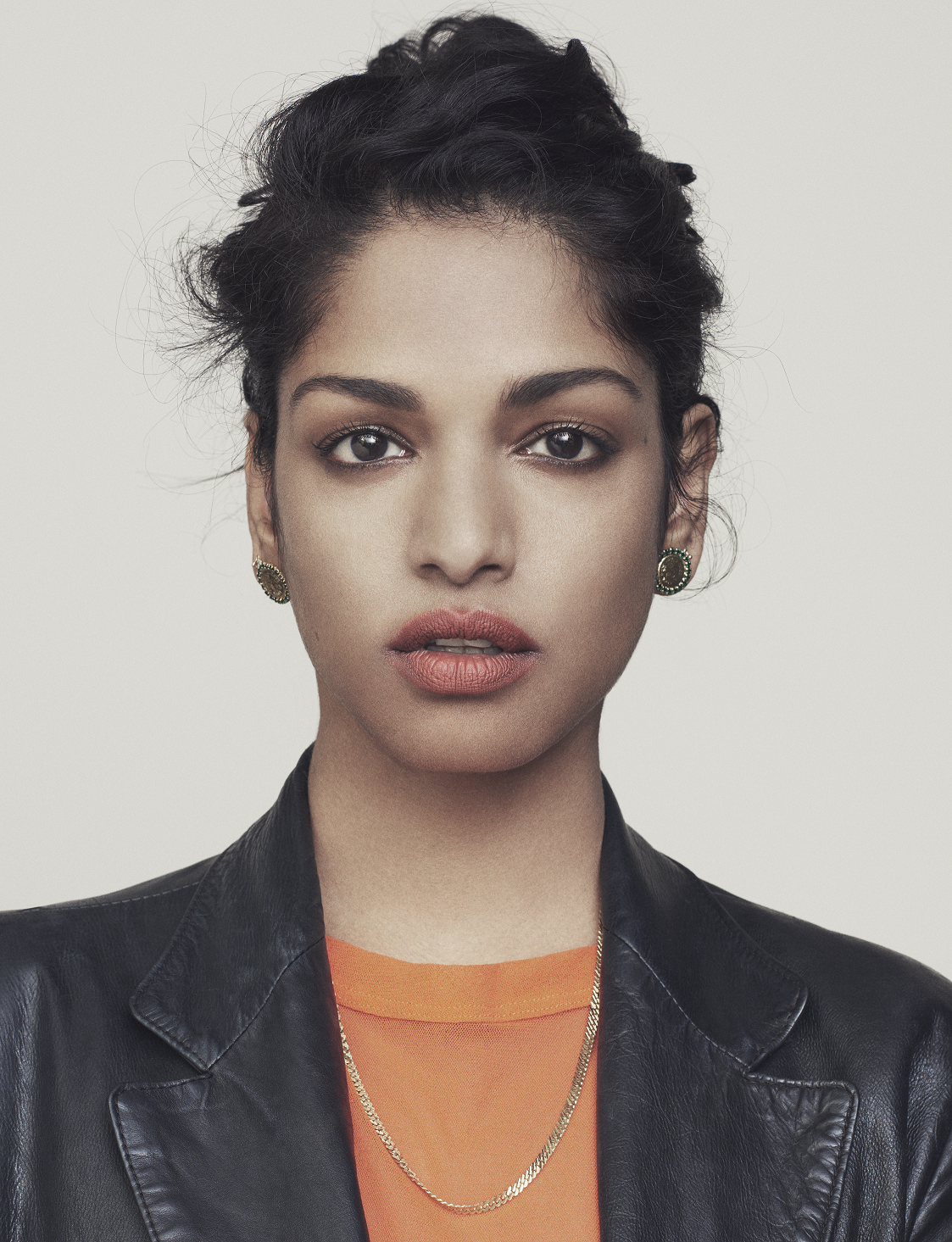Political art must be better scrutinized for cultural nuances
WRITTEN BY KENNY FREMER
Tamil artist M.I.A. continuously faces critic backlash for misconstrued elements in her music. Marred by slanted writing, her affluent lifestyle is often misinterpreted as a gap in her art’s authenticity.
There is no better example of how political work in music can be misinterpreted than the discourse surrounding M.I.A. Her music is often written from the perspective of minority groups in third-world countries, and she herself has had to flee her home country to avoid political warfare. At her most contentious, she has written from the perspective of a man driven to war to provide for and protect his family, in the song “Sunshowers.” Perspectives like this make her extremely divisive and a scrutinized performer.
M.I.A. is no stranger to the problem of struggling to control her public reputation. As a Tamil individual, she has had direct experience with the civil war in Sri Lanka. The war centered around efforts by the majority Sinhalese government to contain a Tamil revolution sparked due to a lack of representation for the Tamil people. In a 2005 interview with EGO Magazine, her perceived association with the Tamil Tigers, a controversial group considered a terrorist organization by the Sri Lankan government, is mentioned. Because she had used tiger-related imagery in some promotional images, many linked M.I.A. to the group. She said “I’m not some manufactured propaganda machine by the Tamil Tigers, but I think people assume that I am. I’m like, hell no! Tamil Tigers f—ed my life up and so did the Sinhalese government. They both f—ed my life up.” Although M.I.A.’s decision to use tiger imagery in promotional pieces was clarified, her reputation as being sympathetic to the Tamil Tigers has not gone away.
A half-decade later, in a lengthy New York Times Magazine cover profile published in 2010, Lynn Hirschberg paints a distinctly unflattering portrait of M.I.A. as a contradictorily bourgeois outsider to the people she sings about. Hirschberg writes, “Unity holds no allure for Maya — she thrives on conflict, real or imagined. ‘I kind of want to be an outsider,’ she said, eating a truffle-flavored French fry.” As it turns out, however, that moment in the interview was actually prompted by Lynn, who was recorded pressuring M.I.A. into ordering the expensive fries, guaranteeing that the New York Times would pay the bill. Throughout the interview, Hirschberg takes further issue with M.I.A.’s rich lifestyle, including her relationship with the wealthy Benjamin Bronfman and her purchasing of multiple homes in an affluent, mostly white Los Angeles neighborhood. In this 8,500-word profile, only two lines of music are quoted; the conversation has become no longer about the message, but the artist’s flaws and associations.
In the interview, Hirschberg even writes that M.I.A. “allied herself” with the Tamil Tigers. Once an artist chooses to take a political stance, their character becomes more open to scrutiny, criticism and discourse – especially when the view they espouse is controversial or easy to take out of context. And especially when the artist is a race other than white, or a gender other than male. We need to be more critical of our own biases when evaluating the political statements of others. Instead of dismissing radical ideas as impossible, or reactionary, we should try to understand where that other person is coming from so that we can better understand everyone around us, absorb other perspectives, and make better art ourselves.

